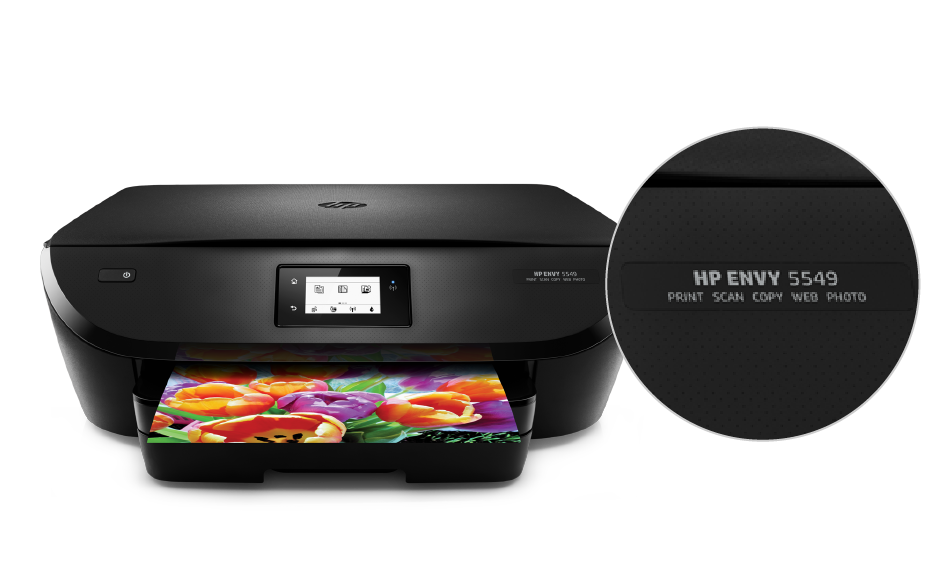
HP printers have different types of drivers for different operating systems. For example, an HP UPD driver is required to use the printer under Microsoft Windows. A HP MPA utility pre-configures the default settings for HP UPD environment. In addition, HP provides easy-start wizards for a new way to set up an HP printer. Here is a brief overview of the various types of HP drivers and how to install them.
HP UPD is a Microsoft Windows or 64-bit driver
If you have an HP printer, you need the HP Universal Print Driver (UPD). This driver is the most recent version of the PCL6 standard and comes with most newer HP laserJet printers. To use the utilities that come with HP printers, you must install the UPD first. You can find the HP UPD in the driver folder of your computer’s software. However, some models are not supported by the HP UPD.
HP UPD supports a wide range of HP LaserJet printers and MFPs. It integrates HP proprietary expansions into a single driver to simplify driver management and release. This driver is designed to discover HP printing devices and configure its capabilities to ensure the best possible printing experience for your users. If you are running an older operating system, HP recommends using the latest version of Windows.
If you are running a managed HP UPD environment, you can use the HP MPA utility to preconfigure the driver default settings. These settings will apply to all users who use HP UPD. HP UPD Administrative Template can be added to Active Directory or created as a Group Policy Object. This template applies to all queues that use HP UPD, so be sure to lock down configuration settings before installing HP UPD.
HP Easy Start is a new way to set up your HP printer
HP Easy Start is a new way to install and set up your HP printer on your Mac. It installs the latest driver and software automatically for you. To install HP Easy Start on your Mac, you must have a network connection. You can view instructional videos for Mac OS X users. Once you have installed HP Easy Start on your Mac, you can use it to print from the printer.
To install HP Easy Start, connect your printer to your computer. To do this, open the Control Panel and select the Devices and Printers tab. Click Add a printer and choose the printer model and language. If your printer is connected over a network, choose the appropriate connection type. Then follow the on-screen prompts to install the printer driver. You can print a test page once you have completed the setup process.
The process of HP Easy Start is simple. First, make sure you have a power source for the printer. Then, plug the printer into a USB slot. On your computer, open the control panel and select the device and printers option. You will want to select the printer. Once the printer is selected, click the Add Device option. You will then see a list of available drivers.
HP MPA utility pre-configured default settings in managed HP UPD environment
To configure HP UPD, you can use the HP MPA utility. The MPA utility creates preconfigured default settings in a managed HP UPD environment. The utility searches the network for HP Managed Printer Lists and Policies. It then creates policies that specify who can access specific device features. Users can assign policies to printers or groups. In a managed HP UPD environment, the MPA utility can be configured to pre-configure default settings for all users and groups.
For an easier deployment, HP recommends that administrators install the MPA utility before the HP UPD. It automatically pre-configured default HP UPD settings for the user. The MPA utility can be installed through the HP UPD management console. Its settings match the objectives of your IT organization. In this way, you can easily manage HP UPD in your managed environment. To configure HP UPD, you can use MS SMS, Tivoli, or a custom installer. The HP MPA utility allows you to configure HP UPD using custom scripts, login scripts, and batch files. You can also run a script with an HP UPD default setting such as disable Services tab. Another script is install/h/dst/dm. It enables a printer in Dynamic Mode.
For managed HP UPD environments, HP provides two Universal Print Drivers: PCL6 and PostScript. These drivers support a variety of operating systems and are compatible with various software applications. The HP MPA utility is designed to help IT administrators reduce printer-related tasks and increase end-user printing experience. It eliminates the need for multiple drivers for printers and eliminates confusion among office workers. Users can use the same driver for nearly any HP print device.




